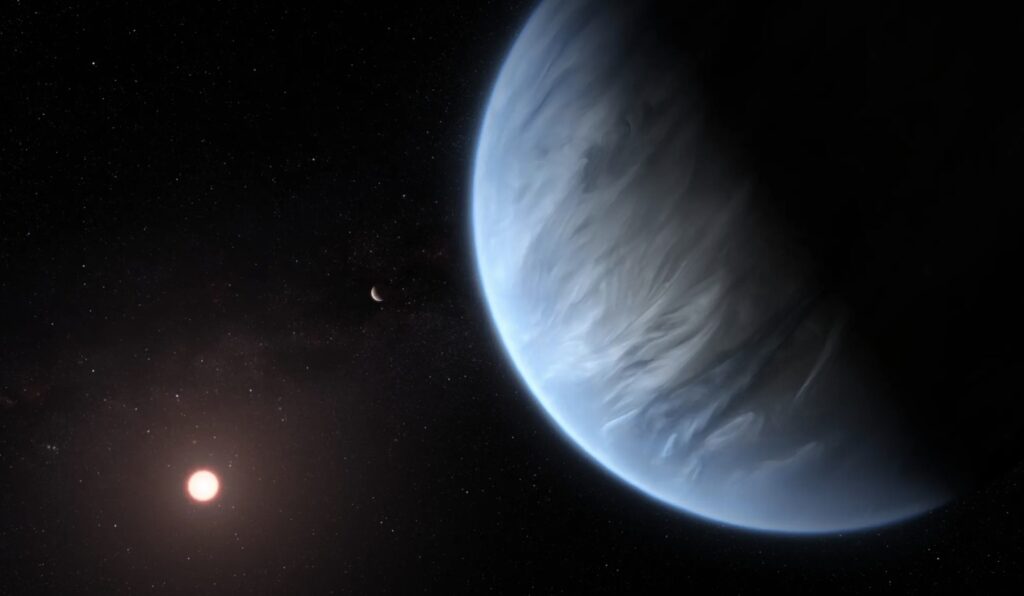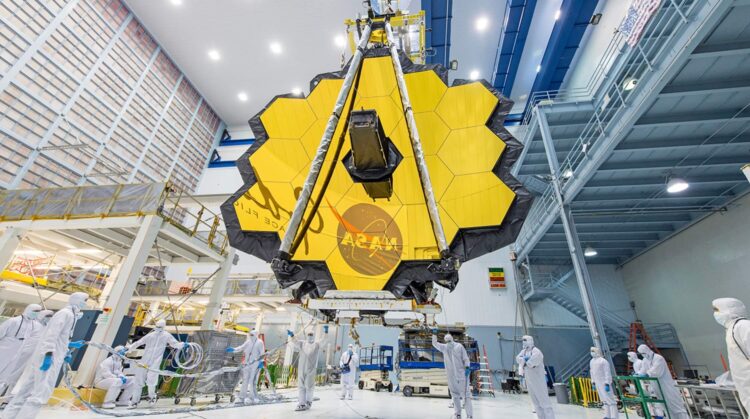Ever since the James Webb Space Telescope was launched on December 18, 2021, the scientific community has been eagerly peering into the universe with unparalleled clarity and precision. This astonishing apparatus, perched a staggering 1.5 million kilometers from our planet, has provided a window into the cosmos like no other, offering us astounding details of interstellar space.
Discoveries in the Orion Nebula.

Recent images captured by the James Webb have shed light on astonishing phenomena occurring within the Orion Nebula, a bright cloud of dust and gas, recognized in the night sky as the “sword” in the Orion constellation. This celestial sanctuary, situated some 1,300 light-years away from us, has been a bountiful field of study for astronomers.
It is here, in this stellar nursery, where astronomers Samuel G. Pearson and Mark J. McCaughrean made an unprecedented discovery while inspecting the short-wavelength image of the nebula. They dove into the Trapezium Cluster, observing thousands of newly formed stars and an unexpected spectacle: brown dwarfs. These celestial objects, which find themselves on a mass crossroad between planets and stars, presented an even deeper mystery, pairs of objects that might be starless planets journeying together through interstellar space, a phenomenon previously undetected.
Starless Planets: A Mystery in the Void

By unveiling the existence of these potential starless planets, the James Webb has provided scientists with a new enigma to decipher. These objects, wandering through the vast void of space, pose unsettling questions about their origin and nature, challenging our prior understandings of planetary formation and the dynamism of the cosmos.
The Welcoming Exoplanet K2-18b: An Oasis in Space

Furthermore, in a distant corner of the universe resides exoplanet K2-18b, which has fascinated scientists since the first data acquired through the Hubble Space Telescope. The James Webb has been able to delve deeper into its mysteries, revealing the presence of carbon-bearing molecules, such as methane and carbon dioxide. This finding adds to a slew of studies positing that K2-18b might be a Hycean exoplanet, potentially boasting a hydrogen-rich atmosphere and a surface enveloped by water oceans.
The ongoing discoveries from the James Webb Space Telescope enable us to explore and question our existing theories about the cosmos. With each new image and data gathered, the boundaries of our understanding are challenged and expanded, bringing us one step closer to deciphering the mysteries of our mesmerizing universe.
The James Webb Space Telescope continues to astonish us with deep space images, highlighting how much we still don’t know about the vast universe. Even though we’ve made significant progress, each new discovery only underscores how much we have yet to learn. We are in a golden age of exploration, but the cosmos constantly reminds us of our budding understanding of its vastness. The future promises surprises that will challenge our perception of the universe.











